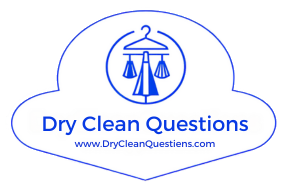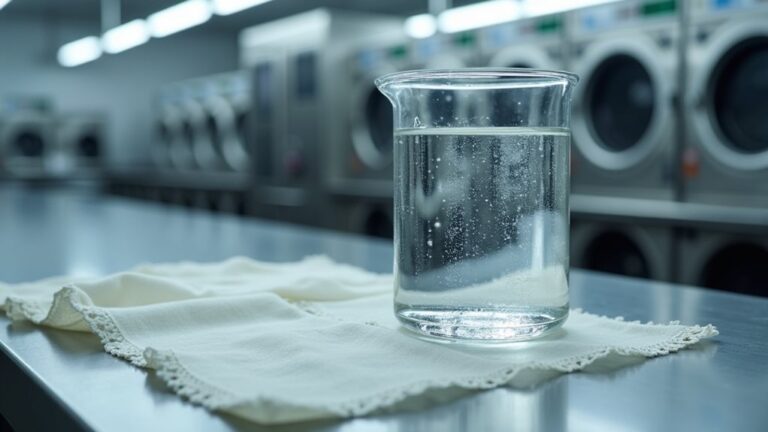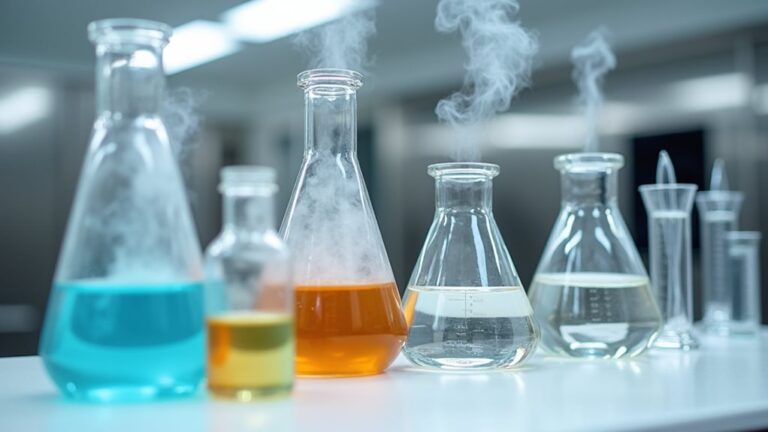Yes, dry cleaning absolutely uses solvents instead of water to clean your clothes, and honestly, it’s pretty fascinating chemistry when you think about it. The most common solvent is perchloroethylene (PERC), which makes up about 60-65% of the market despite being classified as a potential carcinogen – yikes! These non-polar solvents excel at dissolving oil-based stains that water simply can’t touch, though you’ll want to explore safer alternatives for your family’s wellbeing.
Understanding the Science Behind Solvent-Based Cleaning Methods
While most of us toss our favorite silk blouse or wool suit into a garment bag without much thought, there’s actually fascinating chemistry happening behind those dry cleaner doors that would make your high school science teacher proud 🧪.
The dry cleaning process relies on non-polar solvents like perchloroethylene, which dissolve oil-based stains without causing fabric damage that water would create. You’ll find that mechanical action during tumbling helps these solvents penetrate deep into fibers, improving cleaning performance and stain removal effectiveness.
However, perchloroethylene presents concerns as a volatile organic compound, creating potential health hazard risks and environmental contamination issues.
That’s why many cleaners now explore alternative solvents like liquid carbon dioxide, balancing exceptional cleaning results with safer practices for both workers and customers.
This chlorinated hydrocarbon became the industry standard not only for its superior cleaning properties but also because it can be recycled within the cleaning process, making operations more cost-effective.
Types of Solvents Used in Professional Dry Cleaning
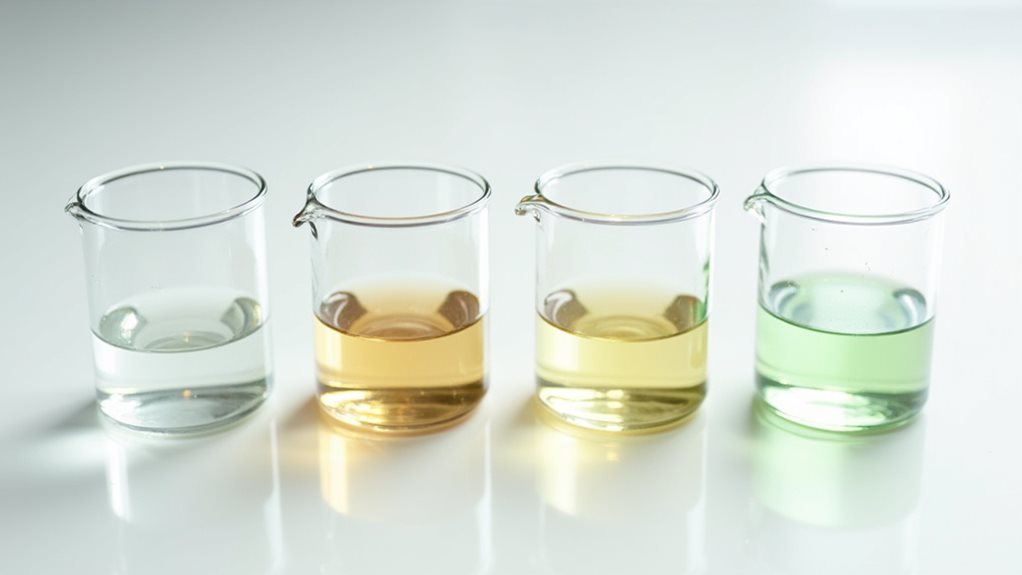
Innovation in the dry cleaning industry has given us a fascinating array of solvents, each with its own personality and quirks, much like choosing the right tool for a specific job in your garage.
PERC dominates professional dry cleaning, claiming 60-65% of the market despite health concerns that’d make your grandmother worry.
PERC rules the dry cleaning world with an iron fist, despite being the kind of chemical that keeps toxicologists up at night.
Aliphatic hydrocarbons like Stoddard solvent occupy about 20% of the market, though they’re still volatile organic compound (VOC) troublemakers.
Siloxane represents the gentle giant—biodegradable and fabric-friendly—but fewer than 5% of cleaners use it.
Liquid carbon dioxide works under high pressure, leaving no residue but lacking cleaning muscle.
Glycol ethers tackle stains directly while minimizing environmental impact, proving that dry cleaning solvents continue evolving toward safer solutions.
The effectiveness of any dry cleaning solvent depends on key properties including chemical stability, non-flammability, and the ability to dissolve oils while being gentle on delicate fabrics.
Health and Environmental Considerations of Dry Cleaning Solvents

Behind the crisp, fresh smell of your newly cleaned suit lies a troubling reality that most of us never consider—the solvents making our clothes spotless might be slowly poisoning the people who handle them and the communities where dry cleaners operate.
PERC, that go-to dry cleaning solvent we’ve relied on for decades, isn’t just tough on stains; it’s classified as carcinogenic and brings serious health risks including respiratory irritation and neurotoxicity.
Workers face occupational exposure averaging 59 ppm daily, while nearby residents report cognitive issues from environmental concerns like groundwater contamination.
Though alternative solvents are emerging, they’re not perfect solutions either, leaving us weighing convenience against community wellness in ways that frankly make me question my own dry cleaning habits. 😬
Consumers can protect themselves by allowing freshly dry cleaned garments to air out before wearing, as PERC residues can remain on clothes that haven’t been properly ventilated.
Comparing Effectiveness: Solvent Cleaning vs. Water-Based Alternatives
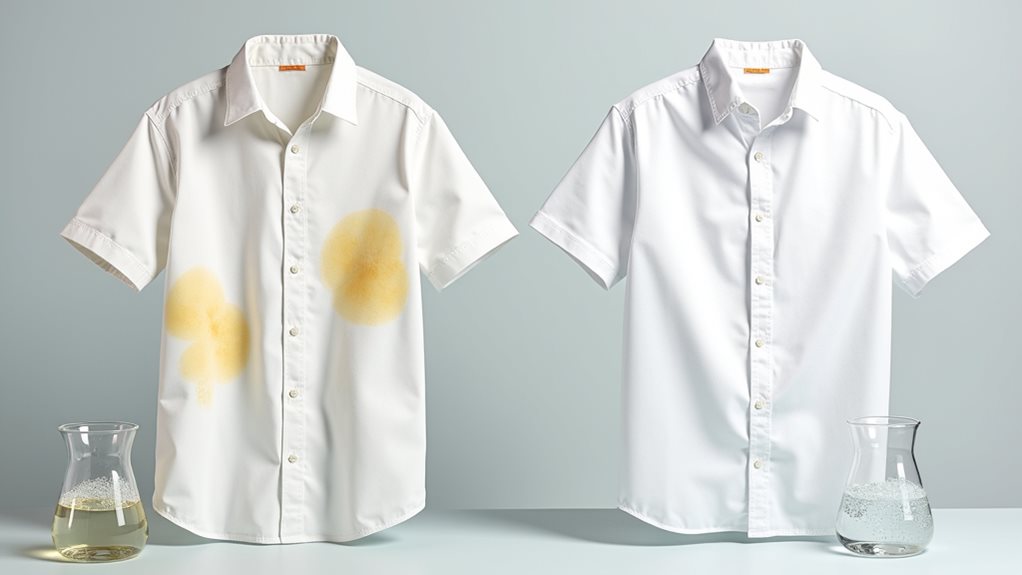
When you’re standing at the dry cleaner’s counter, clutching that wine-stained silk blouse you desperately need for tomorrow’s presentation, you’re fundamentally placing a bet on which cleaning method will actually save your garment—and honestly, the science behind this choice is more intricate than I ever imagined before researching it myself.
Standing at the dry cleaner’s counter with a stained garment, you’re essentially gambling on which cleaning science will actually work.
Solvent dry cleaning using perchloroethylene (PERC) dominates oil-based stains with impressive stain removal rates, particularly for grease and heavy soiling that makes water-based alternatives struggle.
However, wet cleaning technologies have evolved dramatically, employing specialized equipment that controls temperature and mechanical action to tackle both water and oil-based stains effectively.
While PERC’s effectiveness comes with environmental risks and health risks, newer cleaning technologies are bridging the gap, offering competitive solutions that might just surprise you.
Beyond stain removal capabilities, the harsh chemical process can cause fabric deterioration over time, leading to weakened fibers and faded colors that may compromise your garment’s longevity.
Choosing the Right Dry Cleaning Service Based on Solvent Type
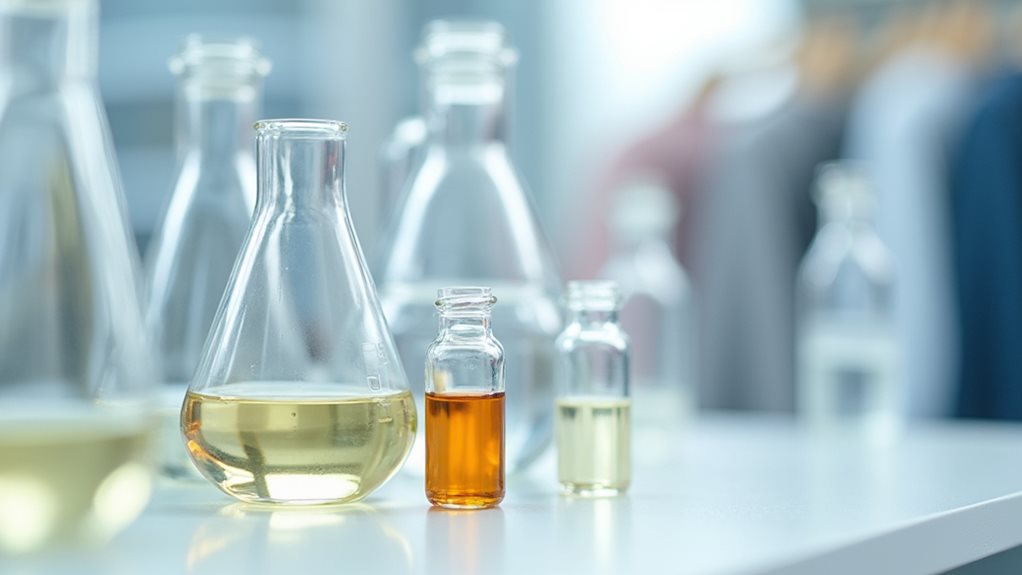
Now that you understand the effectiveness differences between cleaning methods, you’ll want to arm yourself with the right questions when you walk into that dry cleaning shop, because frankly, most of us have been choosing our cleaners based on convenience and price rather than the actual chemicals they’re using on our clothes.
Don’t be shy about asking which solvent used by your cleaning service – about 60% still rely on perchloroethylene (PERC), a potential carcinogen with serious environmental impact.
Look for places offering hydrocarbon solvents or professional wet cleaning instead. When they claim “green dry cleaning,” dig deeper than marketing buzzwords like “synthetic petroleum.”
Your local air quality control department can verify their safety claims, helping you prioritize both effective cleaning and your family’s health.
Additionally, make sure to properly ventilate your freshly dry-cleaned garments before wearing them, as prolonged exposure to PERC can cause respiratory issues, dizziness, and headaches.
